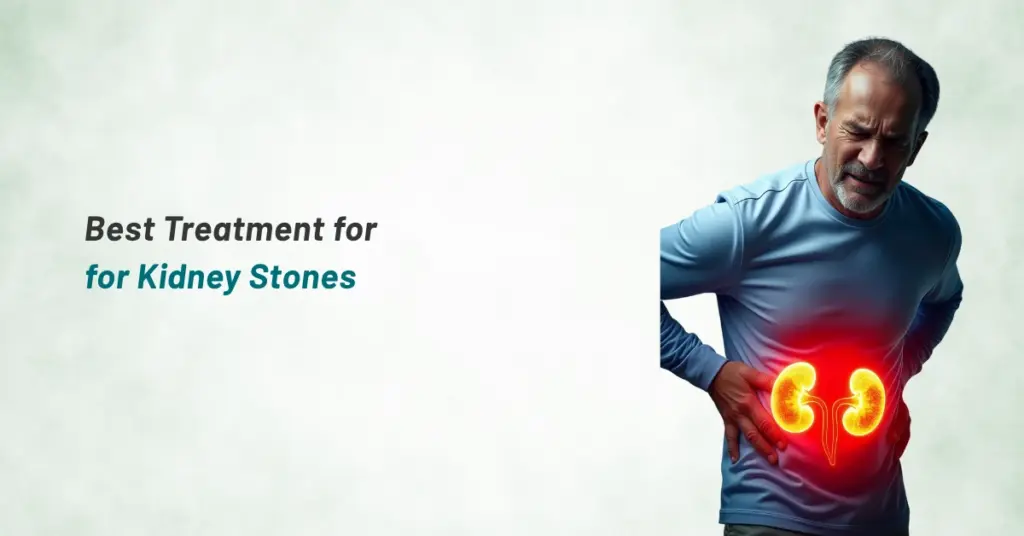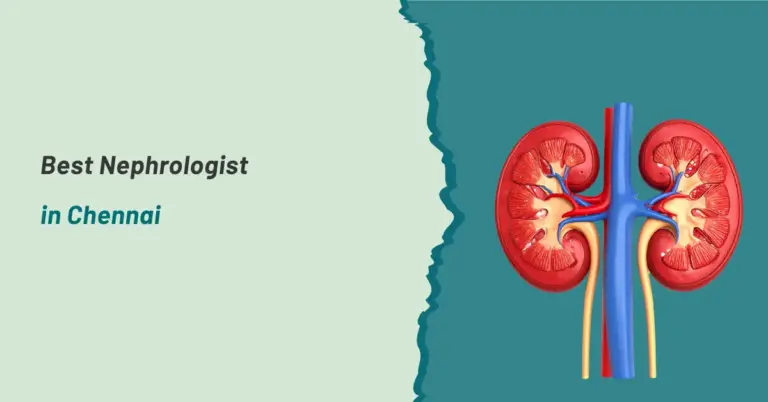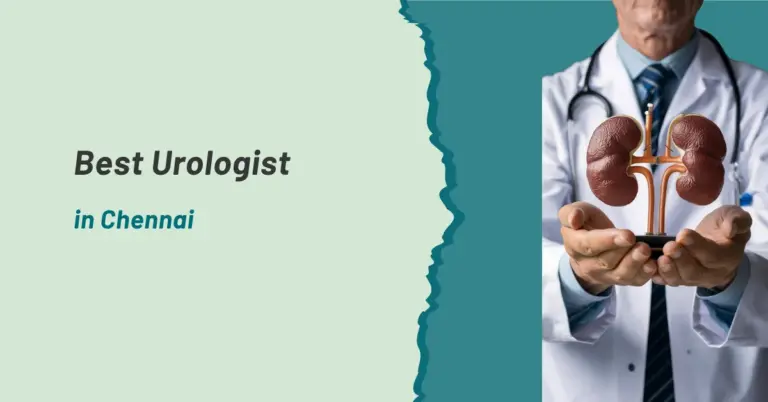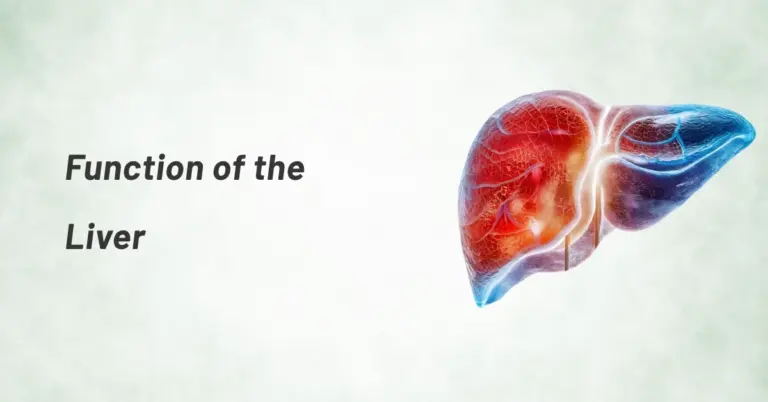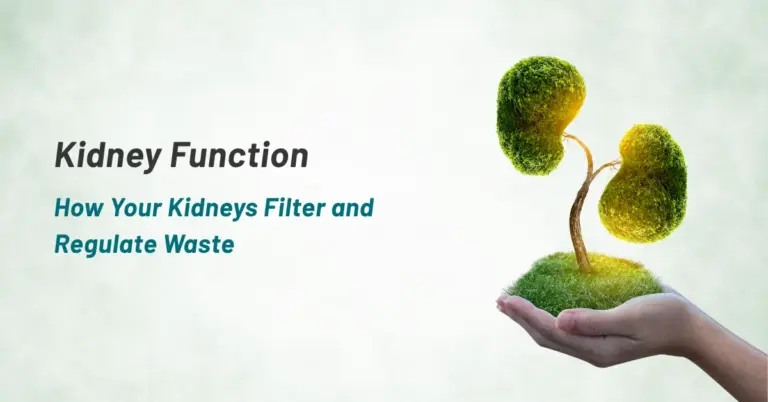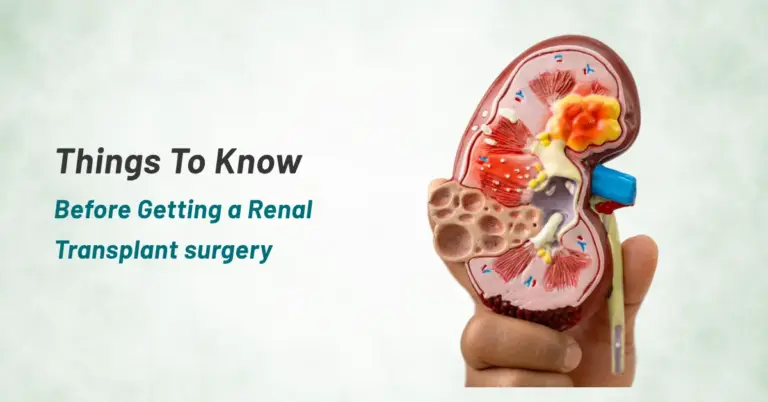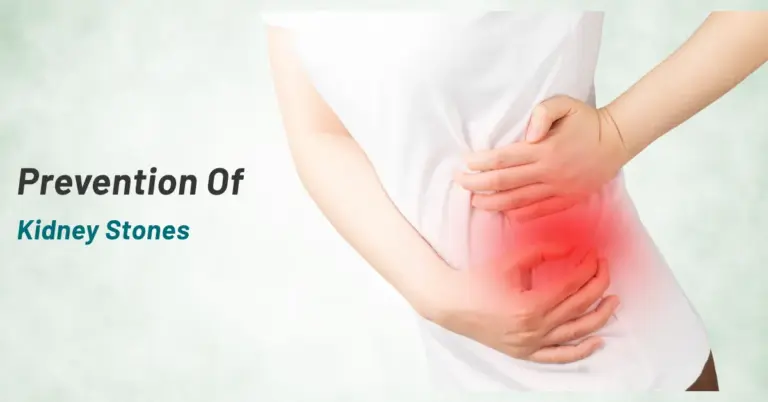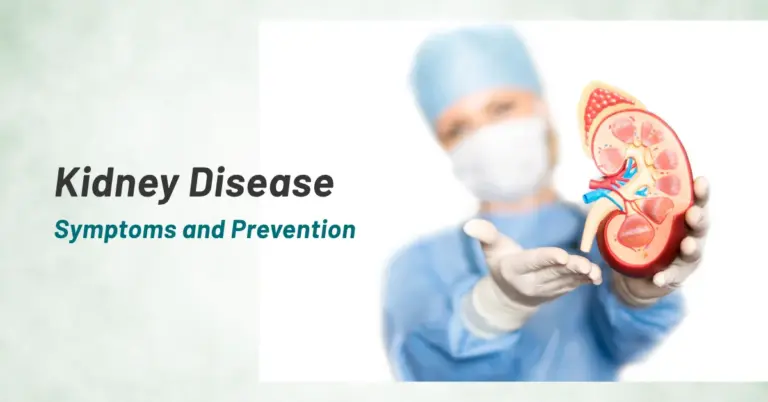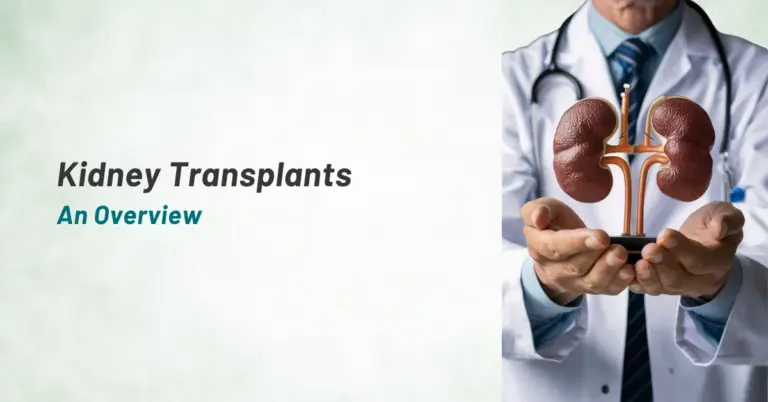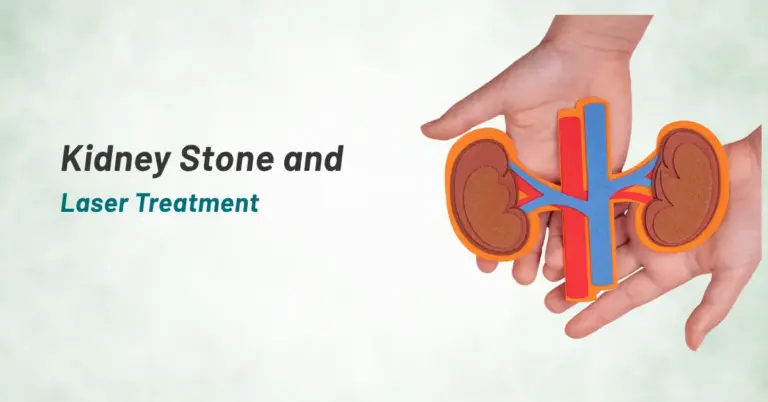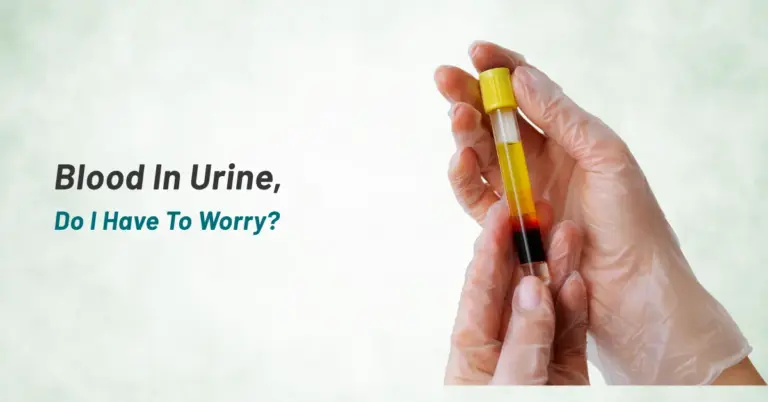The kidneys are bean-shaped, fist-sized organs that are found beneath the ribs. Their function is to filter waste products and excess fluid from the blood, as well as to produce hormones that aid in blood and bone formation and blood pressure control.
Kidney stones form when minerals in your urinary system build up and solidify, causing pain and other symptoms. A person can have a single stone or several. Kidney stone treatment differs depending on the type of stone and the cause. The initial goal of treatment is to alleviate pain.
Treating Kidney Stones
The removal of kidney stones typically involves one of two primary procedures: surgery or lithotripsy. The procedure that is used to remove kidney stones will be determined by a number of different factors, including the patient’s age, medical history, and current condition, as well as the size, type, and location of the kidney stones. In situations in which the stones are too large to pass on their own, the patient is experiencing excessive pain, or there is evidence of kidney damage or infection, it may be necessary to undergo additional treatment in order to have the stones removed.
The vast majority of kidney stones are able to be treated non-surgically or pass away on their own. If a person is found to have kidney stones, the treatment that they receive will be determined by the size of the kidney stone as well as the type of kidney stone that they have. Pain relievers available over-the-counter and consuming large amounts of water are two examples of conservative treatment options that your doctor may recommend in order to assist you in passing small stones that do not cause painful symptoms. In the event that you have larger stones, you may require a more in-depth treatment in order to have them removed.
Kidney stones increase the likelihood of developing chronic kidney disease. If you’ve had one stone, you’re more likely to get another. Those who have had one stone are approximately 50% more likely to have another within the next 5 to 7 years. If you have signs and symptoms of kidney stones, your doctor may perform a series of diagnostic tests and procedures on you, such as blood tests, urine tests, and imaging tests, to determine if kidney stones are present in your urinary tract. The type of stones and the severity of the symptoms actually determine the course of treatment for kidney stones. You may be given medications to lessen stone formation or to aid in dissolving and removing the stone’s cause, depending on the type of stones you have.
Extracorporeal Shock Wave Lithotripsy
Ultrasound waves are used in Extracorporeal Shock Wave Lithotripsy (ESWL or simply lithotripsy) to break the kidney stone into smaller pieces that can be passed in the urine. It is used to remove stones smaller than two centimeters and is performed under sedation or a light form of general anesthesia. The instrument utilized for this procedure is known as a Lithographer. The term “lithotripsy” is derived from the Greek for “stone crushing.”
Percutaneous Nephrolithotomy
A kidney stone is extracted through a small incision in the back and a specialized instrument.
Endoscope Removal
The stereoscope is an instrument that can be used to remove kidney stones. This procedure involves inserting it into the ureter after first passing it through the bladder. After being inserted into the urethra, the instrument is maneuvered through the bladder and brought to the area where the stone is lodged. It gives the physician the ability to either remove the stone or break it up into smaller pieces so that it can be passed more easily.
Surgery
In order to access your kidney and ureter and remove the stone, you will need to have an incision made in your back. If the kidney stone is too large to pass on its own, if it is growing, if it is causing damage to the kidneys, if it is blocking the flow of urine, or if the pain cannot be controlled, surgery may be required.
After the stone has passed naturally or the doctor has removed it, the stone will most likely be analyzed so that the doctor can determine what kind of stone it is. This analysis can assist in determining whether or not there are any medications that can assist in the prevention of stones in the future. Once a person has had a kidney stone, they are more likely to have another. The following steps can be taken to prevent the formation or recurrence of kidney stones:
- Drinking plenty of fluid – 2 liters per day is generally recommended
- Adequately treating underlying medical conditions
- Avoiding food with a high oxalate or salt content
- Eating meat in moderation

